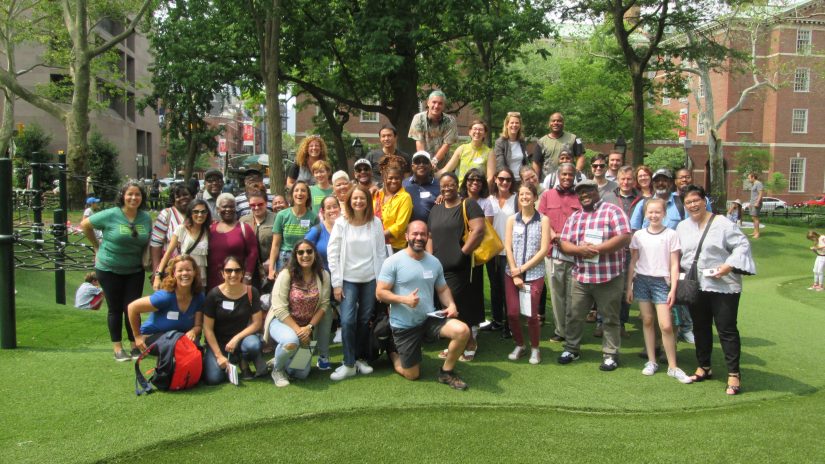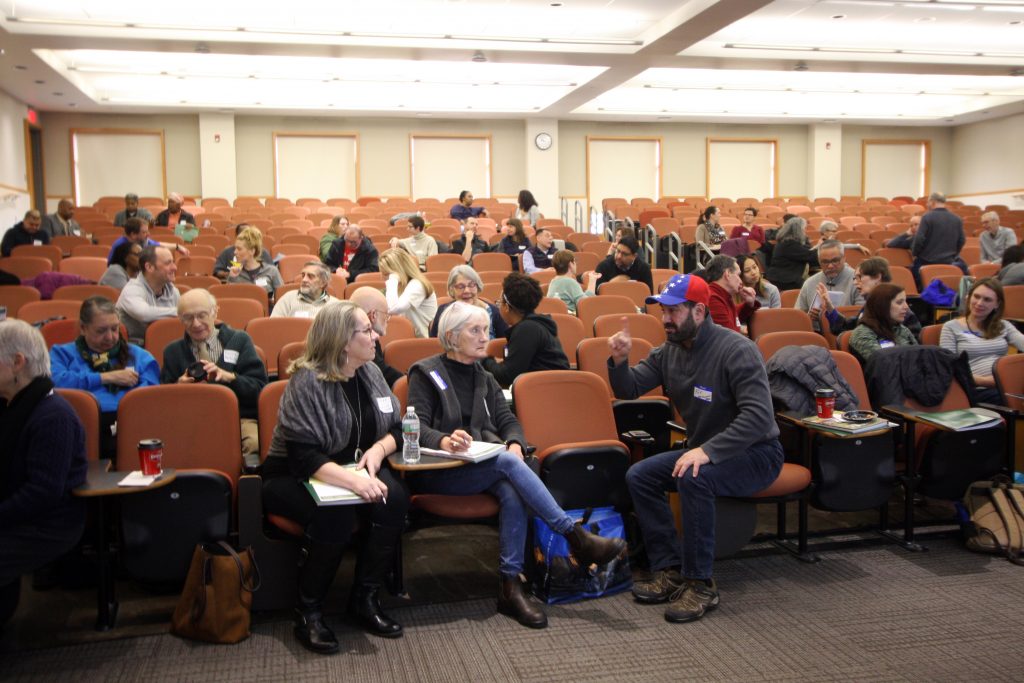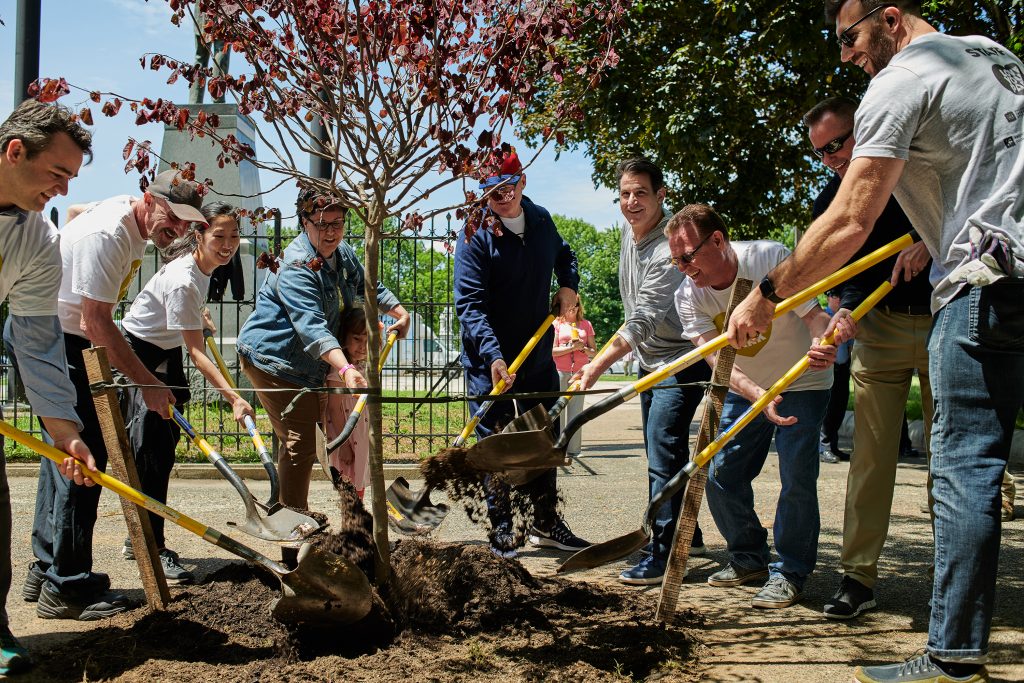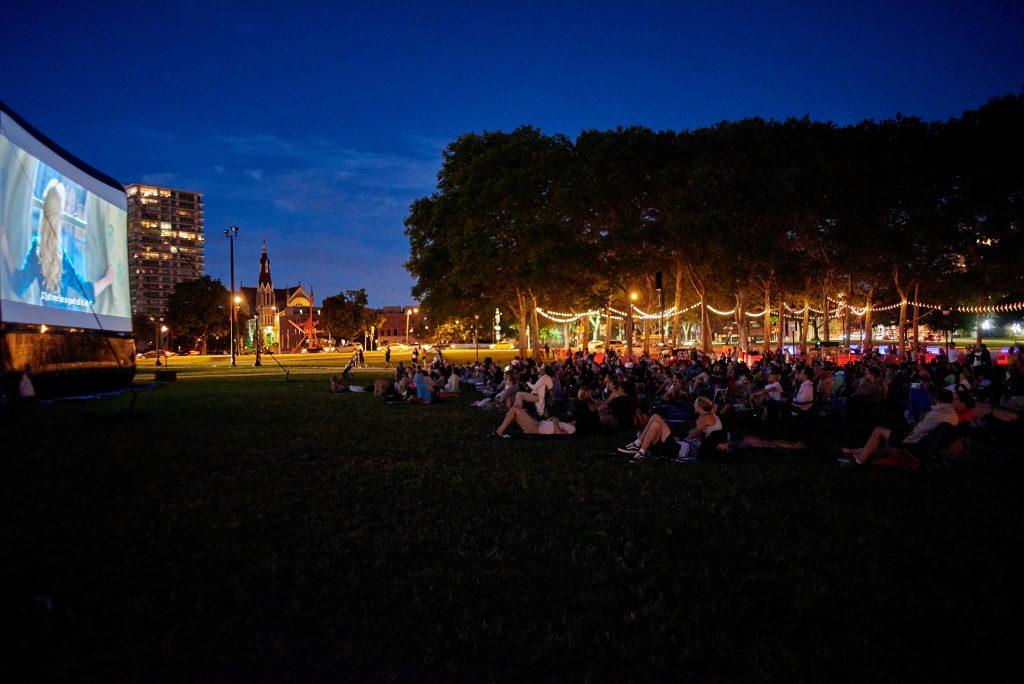On Saturday, June 1, 2019, Fairmount Park Conservancy hosted 43 attendees on a bus tour of New York City’s most innovative and interesting play spaces. Members included Kathryn Ott Lovell, Commissioner of Philadelphia Parks & Recreation, and staff including recreation center leaders and Stewardship Team staff, Rebuild Project User staff, Philadelphia Recreation Advisory board members, members of the commission on Parks & Recreation, and invested community members from recreation centers around Philadelphia.
With the once-in-a-lifetime investment of Rebuild coming to Philadelphia’s parks, recreation centers, and libraries, we wanted to seize this unique moment to inspire those who will be involved in the creation of the next generation of play spaces in our city.
Our tour was curated and led by internationally renowned play expert and researcher Meghan Talarowski, founder and director of Studio Ludo. Talarowski led the group to five sites: Washington Square Park Playground, Chelsea Waterside Playground, Hecksher Playground, 110th St. Playground, and Brooklyn Bridge Pier 6 Playground.
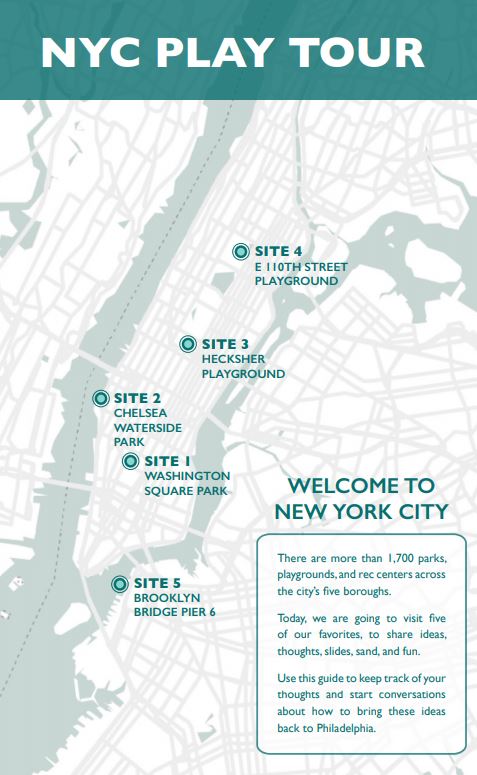
Studio Ludo designed an NYC Play Tour Guide that asked participants to reflect critically about the space and record their thoughts. For each park, they were asked to give an overall rating and answer, “What’s working/unique?” and “What’s not working?” They were also asked to reflect on their top three takeaways. Some lessons learned included:
1. Nature can be an important design tool: “Nature is a consistent element in these parks,” one visitor noted, used in creative ways to act as sound barriers and create zones in each space for different kinds of play. Another participant noted that each site used topography to its advantage. “In Philadelphia, everything is flat. Here, the height created different spaces to play.”
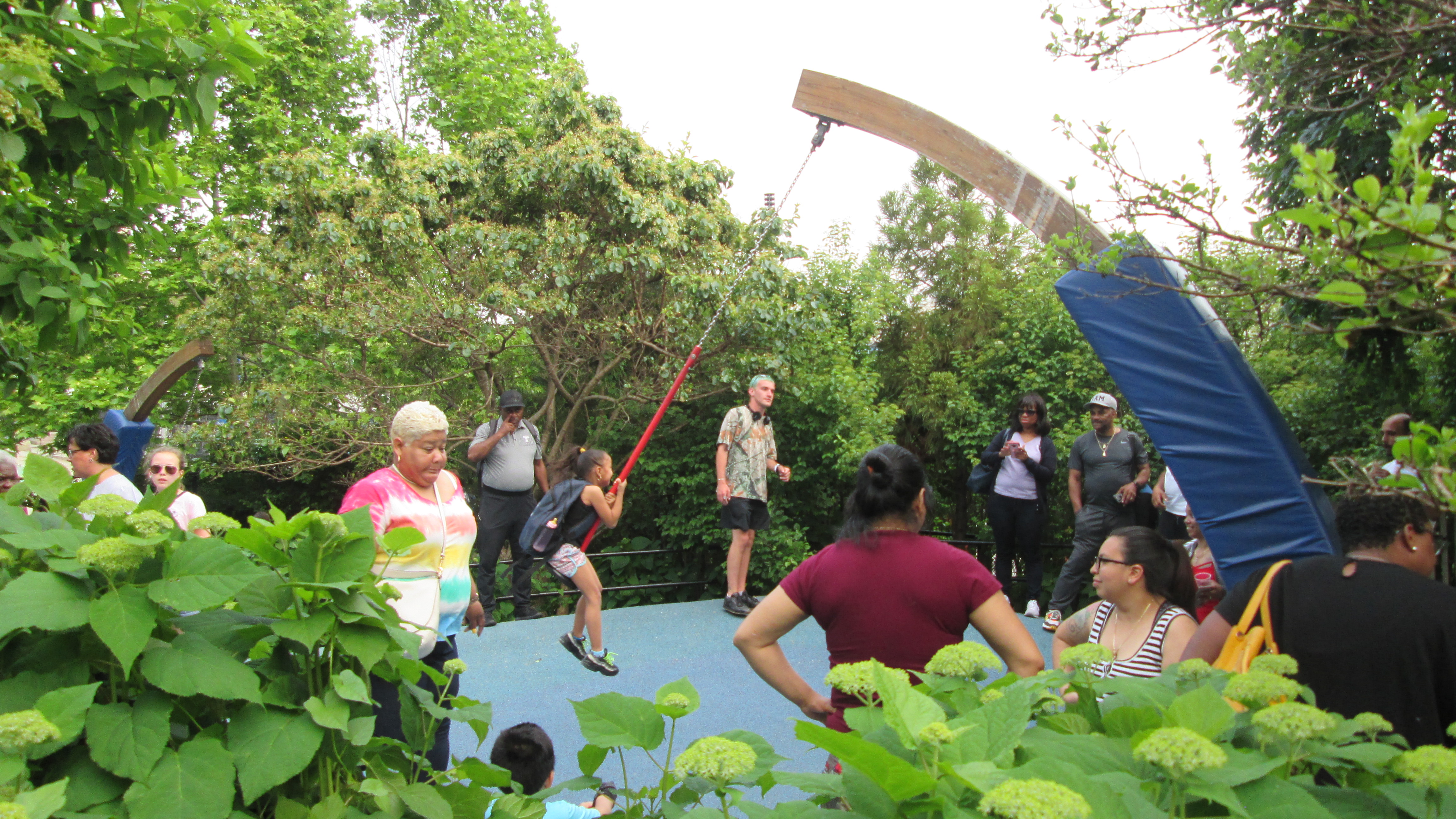
2. Design play spaces for all ages. Active parent engagement was evident at most parks. The parks had interesting and challenging landscapes that required parents to pay attention at all times. The environment was set up to create a comfortable experience for both parents and their children. Think plenty of shaded areas, benches, and concessions.
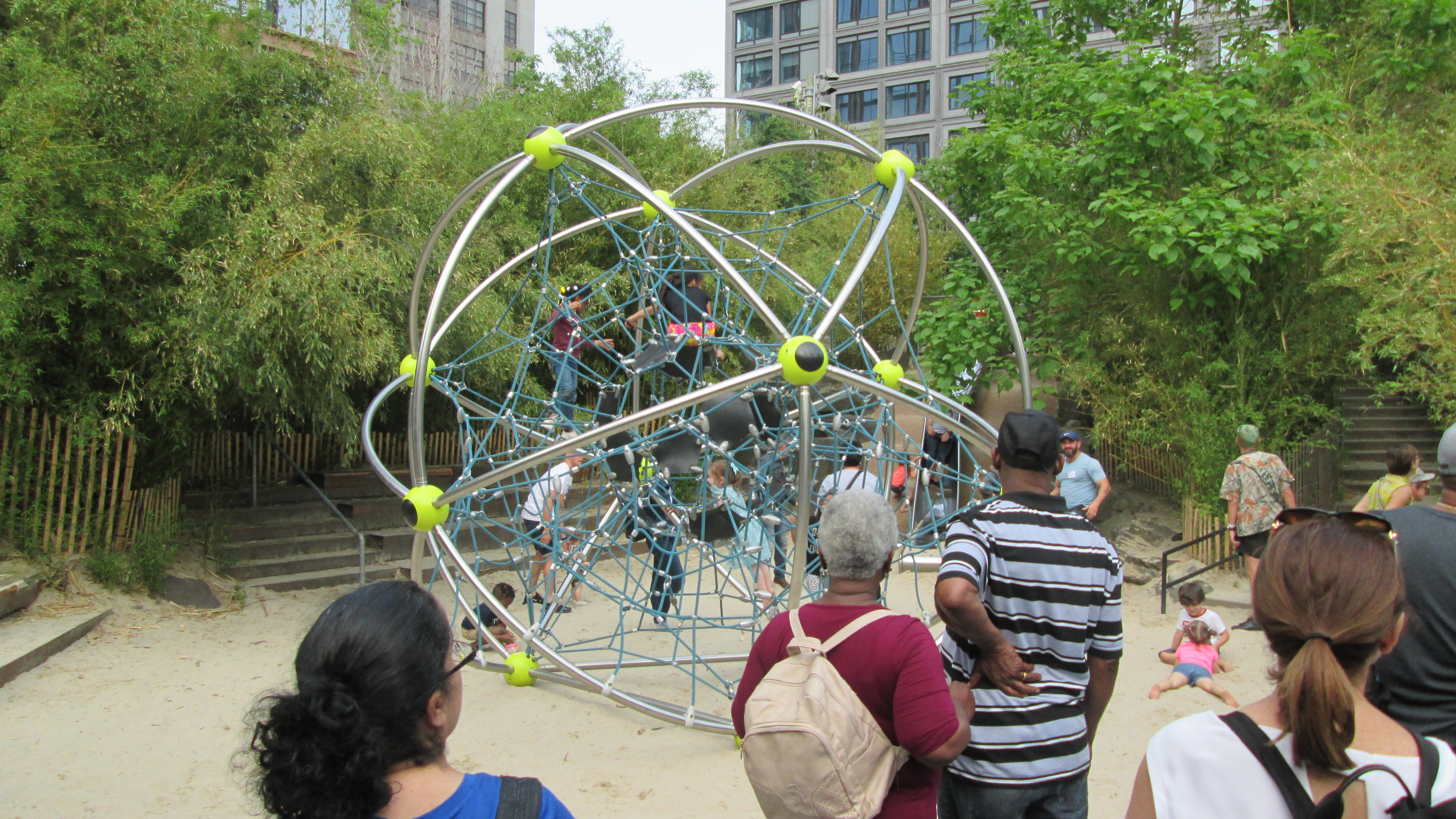
3. Create signage that is clear and concise–and welcoming. “The signage was very appealing overall,” one participant noted. “Signs gave clear, concise information using photos and gentle language – not ‘NO!'”
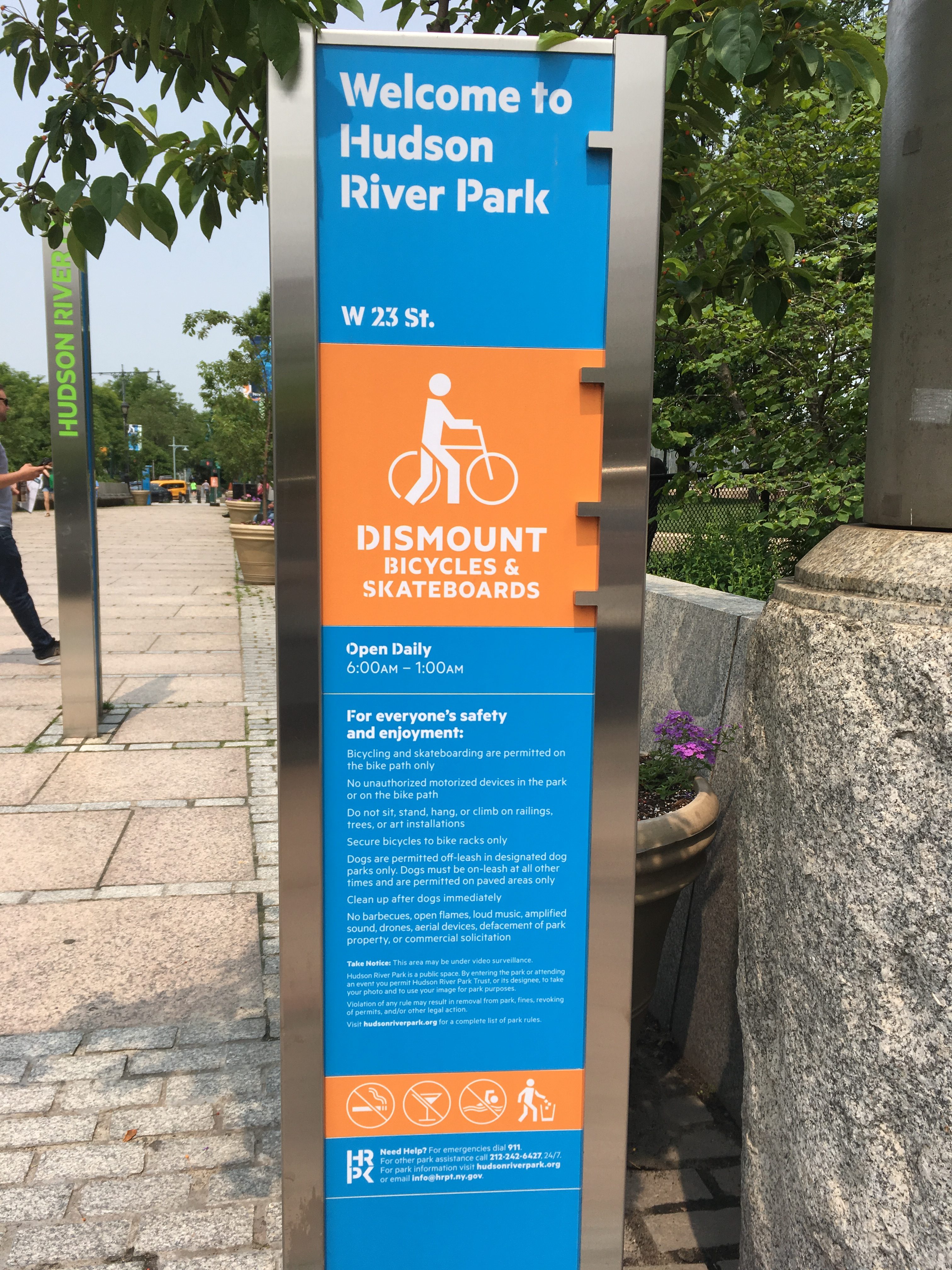
4. Consider alternatives to chain-link fences to enclose public spaces. “Chelsea Waterside Park had interesting fencing that was transparent and durable,” noted one member. There are other fencing materials to consider that can provide a more welcoming environment at a public space than chain-link fences.
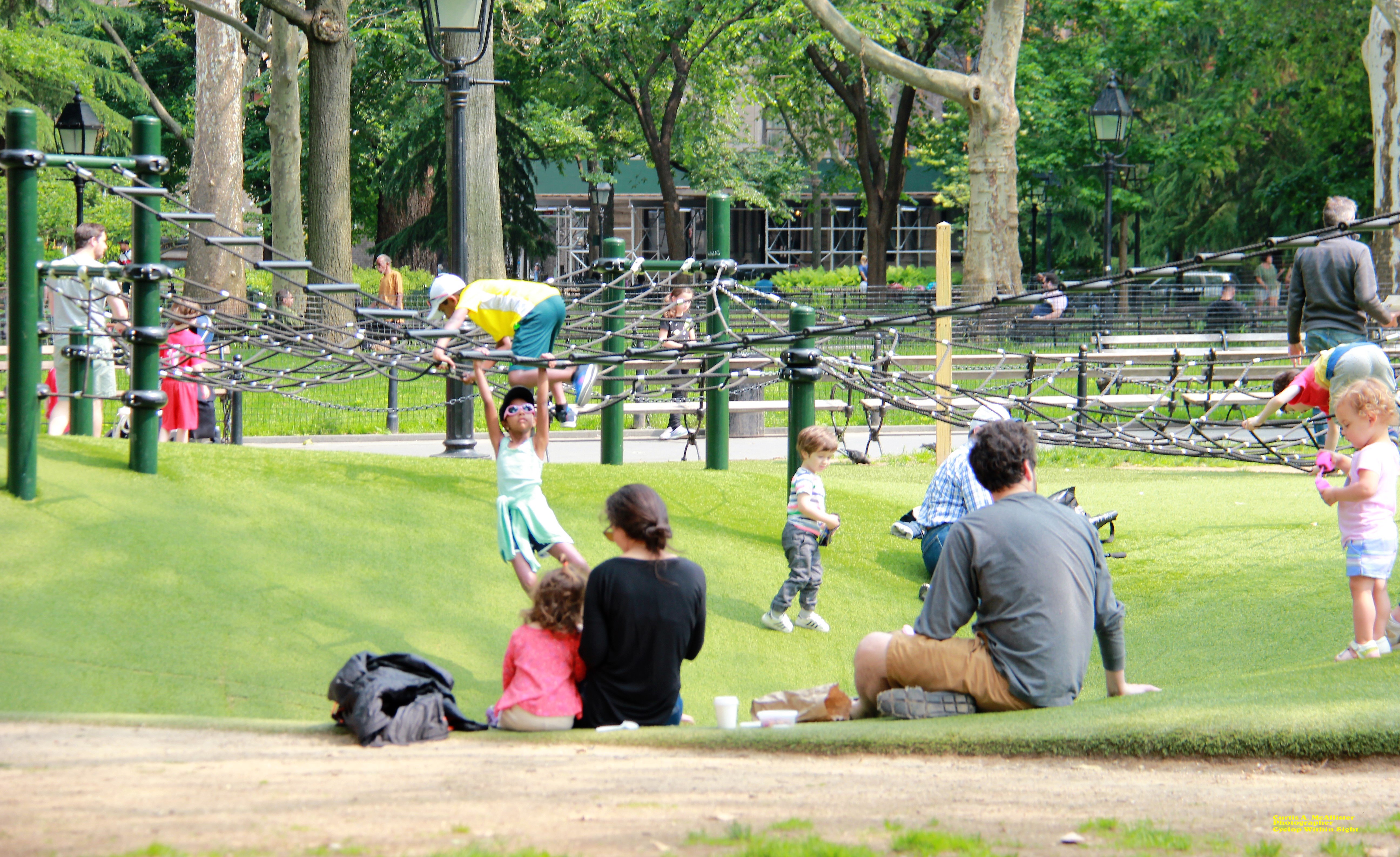
Following the tour, participants were energized, inspired, and ready to take these new concepts home to their sites. Participants said, “Philly is ready to level up!” and expressed an interest in experimenting with new safety surfaces, water play elements, and climbing structures. They also enjoyed the valuable opportunity to spend the day with play connectors from all over the city, many of whom they will work with throughout the Rebuild process.
“It’s time to introduce something new to Philadelphia,” participants said after the tour. “Some things might feel risky, but it is time to explore and try new things. It is time to reexamine things we have said no to in the past.”
